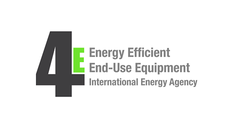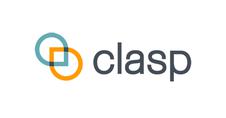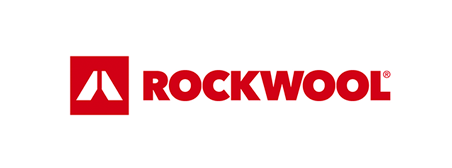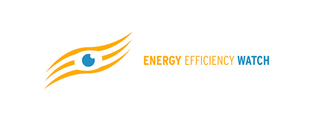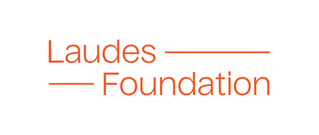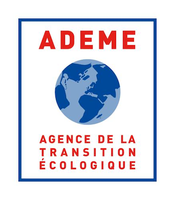Search eceee proceedings
Assessing the impact of energy efficiency programs driven by an electricity utility provider
Panel: 4. Monitoring and evaluation for a wise, just and inclusive transition
Authors:
Jose Daniel Cabrera, University of Geneva, Switzerland
Jean-Luc Bertholet, University of Geneva, Switzerland
Imane Fouiteh, University of Geneva, Switzerland
Martin Patel, University of Geneva, Switzerland
Abstract
Utility providers are key players for the energy transition. They are in the privileged position to speed up the process thanks to the direct relationship they have with end-users and their knowledge about the end users’ historical energy consumption.
As one of the largest utilities in Switzerland, the cantonal utility in Geneva launched in 2009 an ambitious portfolio of Energy Efficiency Programs (EEPs) addressing mainly electricity for all segment customers. Since then, the EEPs have been successfully implemented and significantly expanded to other utilities. To quantify their impact in terms of energy savings, the University of Geneva developed and applied a set of complementary evaluation methods (ex-ante, ex-post, bottom-up and top-down). One of the main challenges for the evaluators was to assess the actual impact of the program on top of the policies (i.e. the savings that would not have taken place if the program did not exist).
During the start-up period of the EEPs, the set of the necessary information for the evaluation was identified and the data collection procedure was coordinated with program managers. Special attention was paid to optimizing evaluation costs and information directly extracted from program administration files was used for the evaluation.
For small consumers (annual consumption lower than 30 MWh/y - most of them residential customers), ex-ante methods based on deemed savings per replaced appliance allowed to evaluate the impact as soon as the actions were deployed. For some appliances (e.g. light bulbs), the estimates were based on the average power of removed light bulbs, allowing to update the baseline that was continuously changing due to the improvement arising from policies (e.g. ban of inefficient light bulbs). In addition, a large database with historical billing data for all residential customers allowed to apply a bottom-up ex-post method. Those who didn’t participate in any program constituted the reference group. A top-down method, based on cantonal statistics, complemented with a survey among customers, accounted for the spill-over effect.
For medium consumers (communal areas of buildings and small to medium enterprises SME between 30 to 500 MWh/y), online ex-ante online tools were used by practitioners to estimate the savings. Annual billing data helped later to validate or eventually adjust the ex-ante calculations. For the communal area of buildings, a top-down analysis, supported by interviews among practitioners, helped to estimate the spill-over savings. Unfortunately, the top-down analysis for SMEs didn’t give reliable results.
For large consumers (mainly tertiary sector companies consuming more than 500 MWh/y), every single energy efficiency measure, implemented by the participant companies, benefited of a report containing information about the measures taken and the resulting savings. Small actions were evaluated ex-ante while the important ones were done using the IPMVP protocol. A larger part of the savings were accounted ex-post.
In 2009, the utility aimed to reduce the total electricity consumption by 5% by 2013. This goal was finally achieved in 2017. The potential initially identified was quite realistic, but the time required was underestimated, as it was an innovative task for the utility to convince the customers to implement the proposed measures, train and certify practitioners about energy efficiency, build the management and communications tools, and finally put in place the energy efficiency measures.
Downloads
Download this presentation as pdf: 4-260-22 cabrera_pres.pdf
Panels of
1. Dynamics of consumption: less is more?
2. Efficiency and beyond: innovative energy demand policies
3. Policy, finance and governance
4. Monitoring and evaluation for a wise, just and inclusive transition
5. Towards sustainable and resilient communities
6. Energy-efficient and low-carbon mobility for all
7. Policies and programmes for better buildings
8. Innovations in products, systems and building technologies














